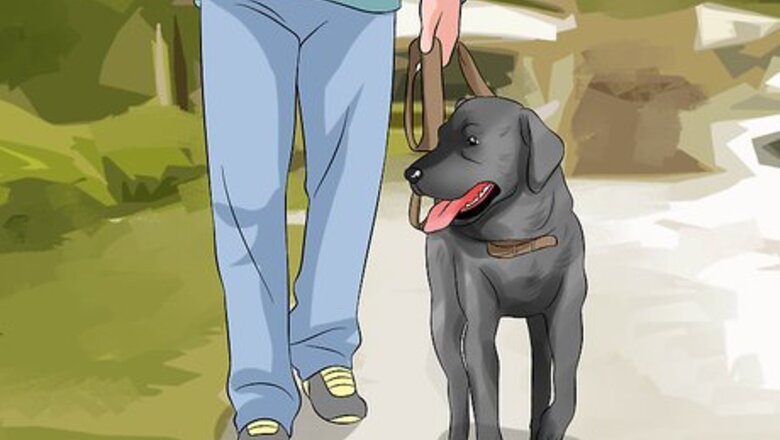
views
Keeping Your Lab Active
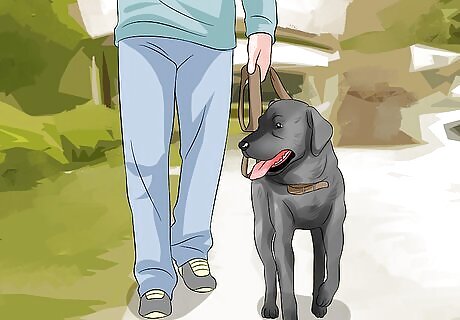
Walk your lab often. Labs are very active dogs, especially in the first few years of their lives. They will have a lot of energy to spare every day, so a few long walks will become part of your daily routine. This will not only help exercise your pup, but also keep him happy. Make sure you spend at least 20-30 minutes walking your lab. A quick walk down the street and back won’t do much to curb all the energy he has, and he will be grateful for the time outside exploring.
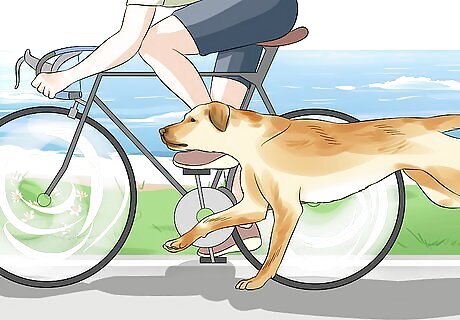
Take him when you go biking. Once your dog is a little older and better coordinated, you can try letting him run alongside your bike while you go for a slow ride. This will be a great form of exercise for him, and he will get to spend some quality time with you in the process. Keep your dog leashed while you ride. Just make sure the leash is loose enough to allow him enough space between himself and your bike. Watch for traffic and take breaks if your dog needs one! Practice caution when riding a bike with your dog.
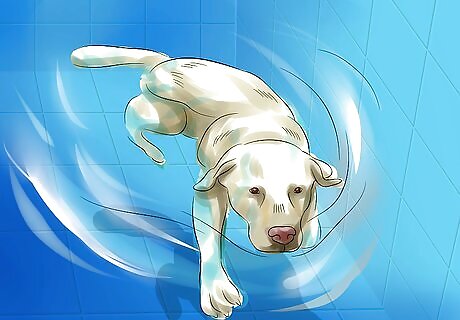
Take your lab swimming. Labs are notorious for their love of water. Everything from tiny puddles from the rain to backyard swimming pools are going to attract them to play. If the weather permits, take your dog for a swim! If your dog is still a little clumsy in the water, you can buy a special lifejacket for him to wear while he learns to swim. Visit a pet specialty store and know your dog’s measurements to get him the right size.
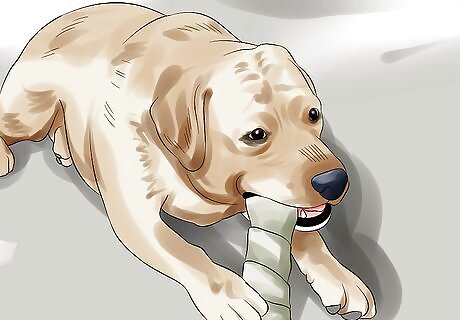
Keep your lab entertained and busy. Labs have a tendency to become destructive when left to their own devices. With all the energy they have and their love for playing and exploring, you might find your furniture or belongings will suffer the consequences if you don’t keep them busy. Provide your lab with plenty of toys to chew on and play with. Strong, durable chew toys are great options. Redirect those chewing habits and behaviors to toys and keep your personal belongings safe from a gnawing pup. Getting your dog working for his food will add enrichment to his environment and increase his mental fatigue. Food puzzles are a great place to start, as there are many commercial options available, but you can also make your own puzzle using something as simple as a towel or an empty container.

Train your lab early on. Fortunately, labs are easily trained. They are especially eager to learn and to please their owners, so you’ll likely find that they pick up new skills and tricks fairly quickly as you train them. Enroll your dog in a training class that you can attend with him. The instructor will help you learn the skills you need to train your dog properly, and help you along the way. Since they are easily excited and might have a higher tendency to jump up on people, make sure you train your lab to “sit” and “stay” early on. Teaching your dog a new trick using positive reinforcement based training is another great way to get your dog to use his brain. This will strengthen your relationship in the process and tire him out, making it less prone to destruction.
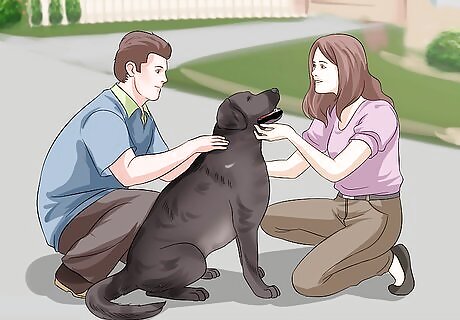
Socialize your lab. Labs love to be around people and other dogs, so find a local dog park to check out with your lab. Just make sure your dog is treated for flea and tick prevention to avoid taking any pests home from the park. If you are thinking about adding another dog to your family, labs tend to mesh well with breeds like collies, golden retrievers, beagles, and corgis, as these breeds are also energetic and sociable. Also, consider adding a dog of the opposite sex, as dogs of the same sex might have issues with dominance.
Keeping Your Lab Healthy

Feed your lab properly. Labs are prone to obesity, which can ultimately cause problems with their hips, joints, and spine. Follow your vet’s instructions for feeding your dog, and avoid overfeeding him. Stick to a healthy dog food, and try not to give too many treats. Dogs can enjoy healthy fruits and vegetables in place of normal dog treats. Things like blueberries, bananas, watermelon, apples, carrots, sweet potatoes, and cucumbers are great options. Avoid fruits and veggies that are toxic or harmful, such as grapes, onions, and avocado. Consider sticking to dry food with a little bit of warm water added to it before feeding your lab. This makes it more enjoyable and easier to digest. Also, try to avoid foods with animal by-products or meals in the ingredients list. Stick to foods with real meat as the first ingredient, rather than grains like corn. Chicken is a good choice for meat in dog food.
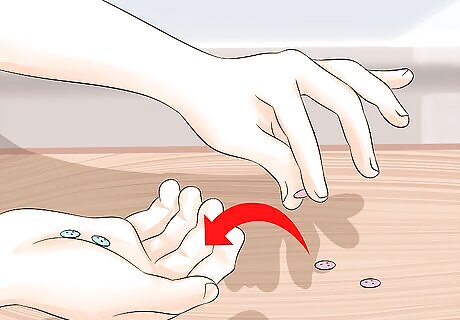
Keep objects your lab might try to eat out of his reach. Labs can be a bit mischievous when it comes to eating things they aren’t supposed to. They’re known for ingesting all sorts of non-food items, and sometimes having to have them surgically removed. Keep small toys and objects out of reach. Labs are also known to jump onto kitchen counters and eat anything they think might be food. If you don’t crate your lab when you leave home, make sure there isn’t anything for him to get into left out on table or countertops.
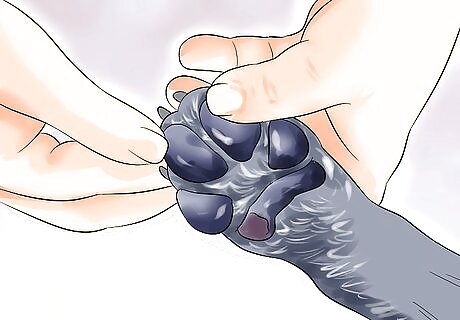
Watch for minor injuries after vigorous activity. Injured or broken toes, broken or curled toenails, small cuts or scrapes, and even minor burns on the pads of their feet can all happen while playing outside or going for a run. Make sure you keep an eye on your dog for any signs of injury or distress, and see your vet if he acquires any injuries, minor or otherwise. Keep your dog off of hot pavement. The pads of their feet are sensitive and can possibly be burned by these surfaces. If you wouldn’t walk barefoot on a given surface, think twice about asking your dog to do so.
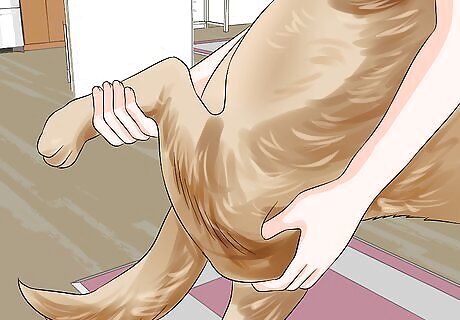
Monitor your lab for signs of hip dysplasia. Hip dysplasia is common in larger breeds of dogs, and labs are prone to developing it with age, especially if they are overweight. It causes problems in the joint of the hip, which can be painful and debilitating over time. If your dog has issues standing up after lying or sitting down, is visibly in pain when his hips are touched or moved, appears to be limping or has a change in his gait, or even shows hesitance to run, walk, or go up stairs, see your vet. These could be signs of issues with your lab’s hips.
Showing Your Lab Affection
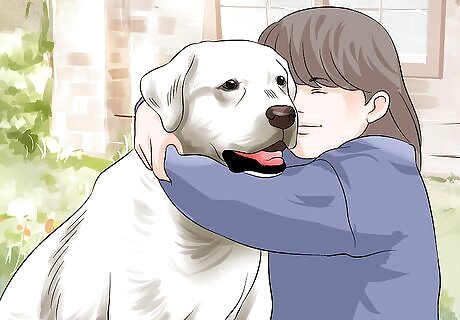
Make your lab a member of the family. Labs are very social dogs, so make sure your lab feels like he is a part of the pack. Avoid keeping your lab tied up outside, or kept out of the household. Labs love having family time, and are great around kids. Showing your lab that he is a part of your family can make him feel happy and secure. Any dog will be happier when he feels safe and at home, so keeping his home life joyful and inclusive will lead to a happy dog.
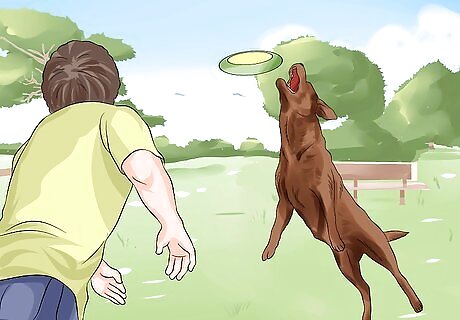
Play with your dog. One of the best ways to bond with your dog is to simply give him your time and attention. Playing with him, indoors or out, is a great way to do this. Not only does it show him love and affection, it also engages and stimulates him. Labs love to please their owners. Games like fetch will give him a sense of accomplishment when he brings the ball back to you and you praise him for it. These small exchanges make for a happy dog.

Watch your lab’s reactions to your gestures. Many dogs don’t actually liked being hugged or kissed, as they don’t interpret these gestures the same way humans do. A hug might make them feel trapped, for example. Watch your dog’s body language when giving him affection. If he tenses up or shies away, cease that behavior. To show you he wants you to keep petting or kissing him, he might come closer, or paw at your hand. If he wants you to leave him alone, he might pull away or get stiff. Respond to your dog’s signals and give him space if he needs it.
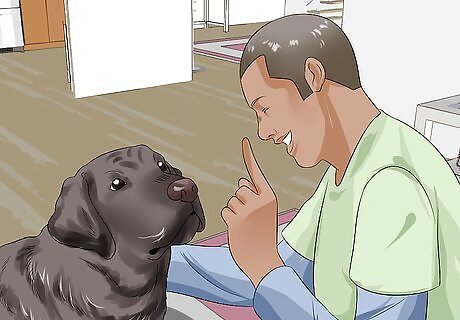
Give your dog praise and affection when they’ve done something good. Keep in mind that when you praise a dog and show him love and affection, he will likely associate that as a reward for whatever behavior he has just done. Make sure you show him affection when he has done something good or correct, rather than when he is doing something undesirable, like barking or jumping. If your dog has successfully obeyed a command, has eaten, has done his business outside, or has just come in from some exercise, these are all good times to offer him some love and praise. This will reaffirm those good behaviors.



















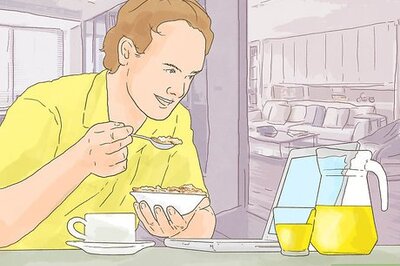
Comments
0 comment